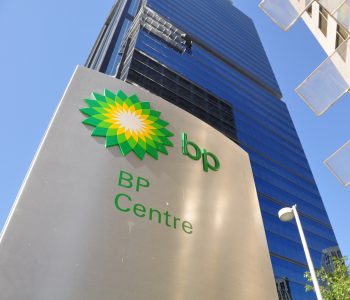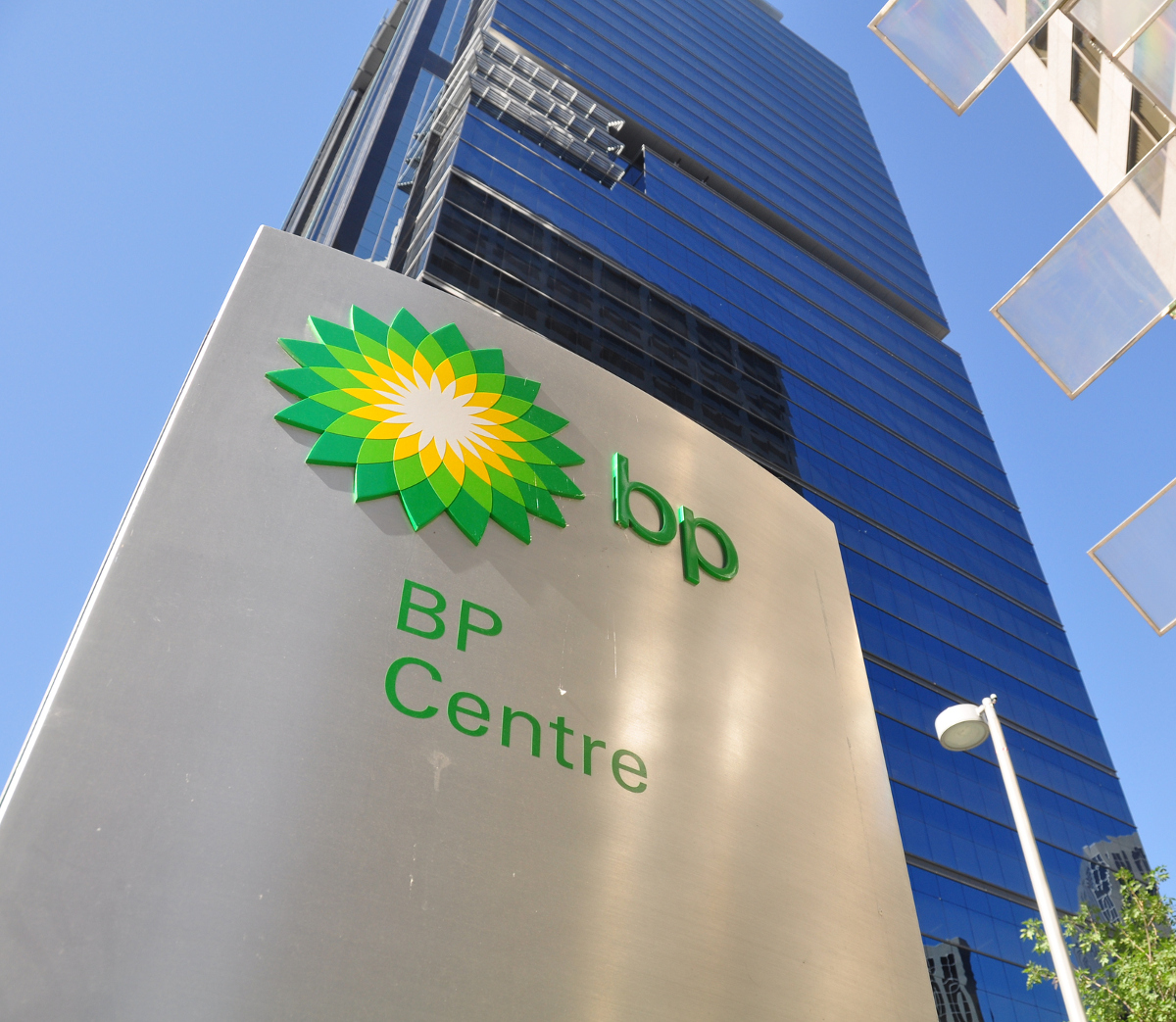BP Dividend History and 2018 Outlook

BP Dividend Outlook 2018
One way to benefit your bottom line is by having exposure to the energy sector. This is a unique sector that works on a global scale, no matter how small or large the company involved.
Every day, oil is used around the world. Most methods of transportation use oil, be it cars, trucks, or airplanes; this is a direct use. An more indirect use of energy is the delivery of products, for instance; the goods at a grocery store are delivered by a truck, which uses energy, but the food itself does not.
The focus of the article will be one of the largest energy companies around the world, BP plc (ADR) (NYSE:BP). Headquartered in London, England but with a presence around the world, BP is very diversified, with operations in oil and gas exploration, global marketing, and petrochemicals for paints, clothes, and packaging.
BP’s dividend history, stock price history, and outlook for 2018 will be looked at in great detail below. There will also be predictions made for BP’s stock and business for 2018.
BP PLC Stock Price History
BP has a long history of being a public company that has rewarded shareholders. Below is a graph with more details on its price history:
Source: StockCharts.com
Since 1990, the share price has increased by more than 500%, making for an average annual return in the double digits. This stock price return would not include any returns that would factor in the dividend income paid out from profits. Comparing this return against the benchmark S&P 500 Index, the index would have seen a total return of roughly 350%.
BP Dividend History
BP pays its dividend to investors every three months, with its dividend dates of declaration (the day that important dates and the amount are announced) occurring in February, May, August, and November.
History shows that the dividend is a very steady and predictable payment, which is rare for an energy company. Below is a table of the dividend history for the past five years, including the quarterly dividend per share (1/4 DPS) and the payment amounts and dates:
| BP 1/4 DPS | Payment Date | Ex-Dividend Date |
| $0.60 | September 22, 2017 | August 09, 2017 |
| $0.60 | June 23, 2017 | May 10, 2017 |
| $0.60 | March 31, 2017 | February 15, 2017 |
| $0.60 | December 16, 2016 | November 08, 2016 |
| $0.60 | September 16, 2016 | August 03, 2016 |
| $0.60 | June 17, 2016 | May 04, 2016 |
| $0.60 | March 24, 2016 | February 10, 2016 |
| $0.60 | December 18, 2015 | November 04, 2015 |
| $0.60 | September 18, 2015 | August 05, 2015 |
| $0.60 | June 19, 2015 | May 06, 2015 |
| $0.60 | March 27, 2015 | February 11, 2015 |
| $0.60 | December 19, 2014 | November 05, 2014 |
| $0.59 | September 19, 2014 | August 06, 2014 |
| $0.59 | June 20, 2014 | May 07, 2014 |
| $0.57 | March 28, 2014 | February 12, 2014 |
| $0.57 | December 20, 2013 | November 06, 2013 |
| $0.54 | September 20, 2013 | August 07, 2013 |
| $0.54 | June 21, 2013 | May 08, 2013 |
| $0.54 | March 28, 2013 | February 13, 2013 |
| $0.54 | December 21, 2012 | November 7, 2012 |
Since 2013, the dividend gone up by approximately 10% per year. From 2015 to 2017, the dividend payment has remained at $0.60 per quarter. The positive takeaway is that while the payout has been static, it hasn’t been cut or eliminated either.
BP has also been rewarding its investors with a higher dividend. From 2015 to 2017, the dividend yield has been in the range of 4.5% to 8.5%. Compare this once more to the S&P 500 Index, which has been offering a yield return in the two percent range over the same period. Therefore, regardless of the performance of the stock market and price, BP has paid a fair amount of income to its investors, which is gradually reflected in the company’s returns.
BP Stock and Dividend Outlook 2018
Both the stock price and the dividend per share are impacted by the company’s revenue. Stock price gains would occur if investors, predicting future growth, bid the shares price higher. As for the dividend per share, it would be influenced by higher revenue. Both of these boons to BP stock are quite possible in 2018 for a few reasons.
First, the trading price of the underlying commodity (oil) stands to become a more reasonable price. In 2014, a single barrel of oil was trading north of $100.00. Today, that same barrel is hovering around the $50.00 mark. There are positive actions currently taking place that can help support a higher price for oil.
Energy is a sector that requires active management from the major countries with large oil reserves, hence the existence of the Organization of the Petroleum Exporting Countries (OPEC) to handle the supply and demand of oil. Since the price drop in 2014, OPEC has taken a more active stance towards reducing supply, which should translate into a more balanced demand and help drive the price of oil higher.
Since OPEC took on this more hands-on approach, the price of oil has held steadier and more than likely hit its bottom in early 2016, when the price for one barrel of oil was just above $30.00 a barrel. Based on potential risk, investing in an oil company when the price of oil is trading at $50.00 is a better cause for bullishness than when a barrel is $100.00 since there is more upside potential.
The second reason to be bullish on BP stock’s outlook for 2018 is its balance sheet. Over the past five years, BP’s cash balance has increased by 40%. The company could always look at this additional cash flow and choose to increase the dividend. It could also pay a one-time special dividend in addition to its regular payouts. But what ever BP does, it will like add to investors’ bottom lines. In total, the large cash balance would represent about 15% of total market cap. (Source: “BP PLC ADR,” MarketWatch, last accessed September 27,2017.)

ulleo/Flickr
If the price of oil increases, it should help the bottom line, given the further increase in cash flow. A large cash balance would also make a share repurchase program possible, providing a tax-efficient method of returning capital to investors. It would also support the stock price and mean less downside, in addition to boosting the value of investors’ shares by making them worth a greater portion of the company. But if there were no share repurchase program announced, it wouldn’t be the end of the world.
The large cash balance could also be used to acquire another company without incurring any debt. If this route would be taken, it would mean that BP would own a larger percentage of the global market. It would also likely lower the cost of operations for both its existing business and the company that was purchased due to cost cutting. An acquisition could mean even more cash flow and higher margins.
Supporting the notion of a higher stock price and brighter dividend outlook is the growth expected from BP’s earnings per share (EPS). This would occur regardless of whether any of the possibilities above happen or not. In 2016, the annual EPS was $0.84. Annual EPS is expected to almost double to $1.65 per share in 2017 and rise to $2.17 in 2018.
Final Thoughts About BP Stock
As you can see, a lot could happen in 2018. However, no matter which course of action is taken, it seems that the result is the same: a positive boost to the stock price and dividend.
BP stock may initially seem like a high-risk investment. But since there is a dividend being paid out, you needn’t worry. The dividend proves that BP earns steady and reliable revenue–especially since the payout is so high.
Income investors should take a serious look at BP stock for its solid dividend history and bright prospects for 2018.
Also Read:
7 Energy Stocks That Pay Healthy Dividends










